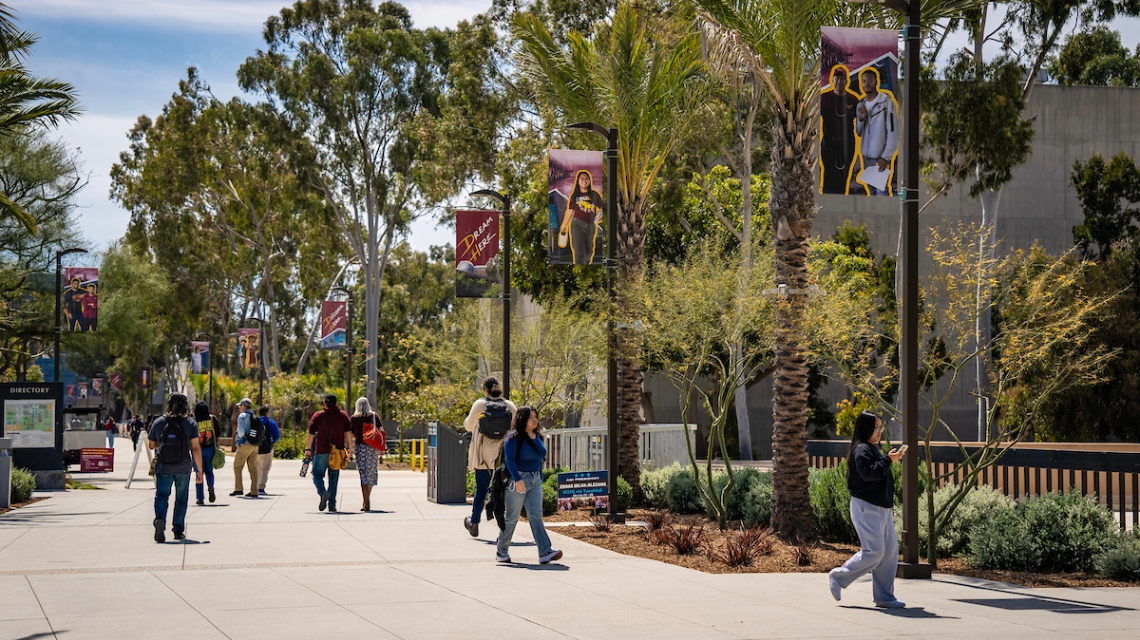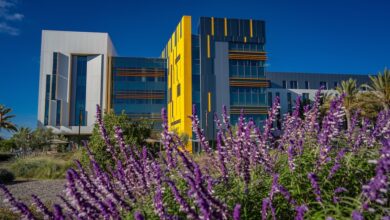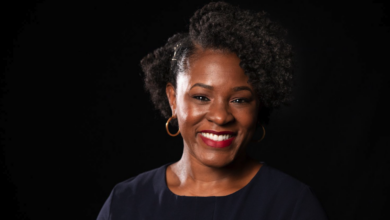In The News
-

CSUDH President Thomas Parham Announces He is Retiring at the End of the Year
Thomas A. Parham was appointed president of CSU Dominguez Hills in March 2018. During his tenure, CSU Dominguez Hills has…
-

LAist: California Needs Transitional Kindergarten Teachers. Preschool Teachers Want In
CSUDH is helping to meet the state's demand for credentialed TK teachers.
-

L.A. Sentinel: Cal State Dominguez Hills Basketball Breaks Records, Makes History
Toro women celebrate their victory over the Union University Bulldogs (Tenn.) on March 26. The Cal State Dominguez Hills men’s and…




